
If you follow me on Instagram, you’ll often read in my captions about the latest plans and work in my garden. Before I start writing posts about the plants I grow and the seasonal flower beds I’m creating, I wanted to share with you the ‘before’ scenes and layout of my Algarve garden.
It was rather exciting but daunting when I first faced my Algarve garden. It was the early summer of 2018 and I had just moved from southeast England. My former home had been surrounded by woodlands and set in the middle of a thousand acres nature reserve filled with wildlife. And then here I was in southern Portugal in the middle of the rural countryside surrounded by orange orchards, carob groves and a whole new variety of flowers.
The farmhouse complex is over 100 years old, with olive and carob trees spread across it, set in the middle of the rural countryside. During many seasons of the year, there is a vast abundance of wild flowers which I often use in my floral photography. But I’ve had to replant most of the old garden. Why?
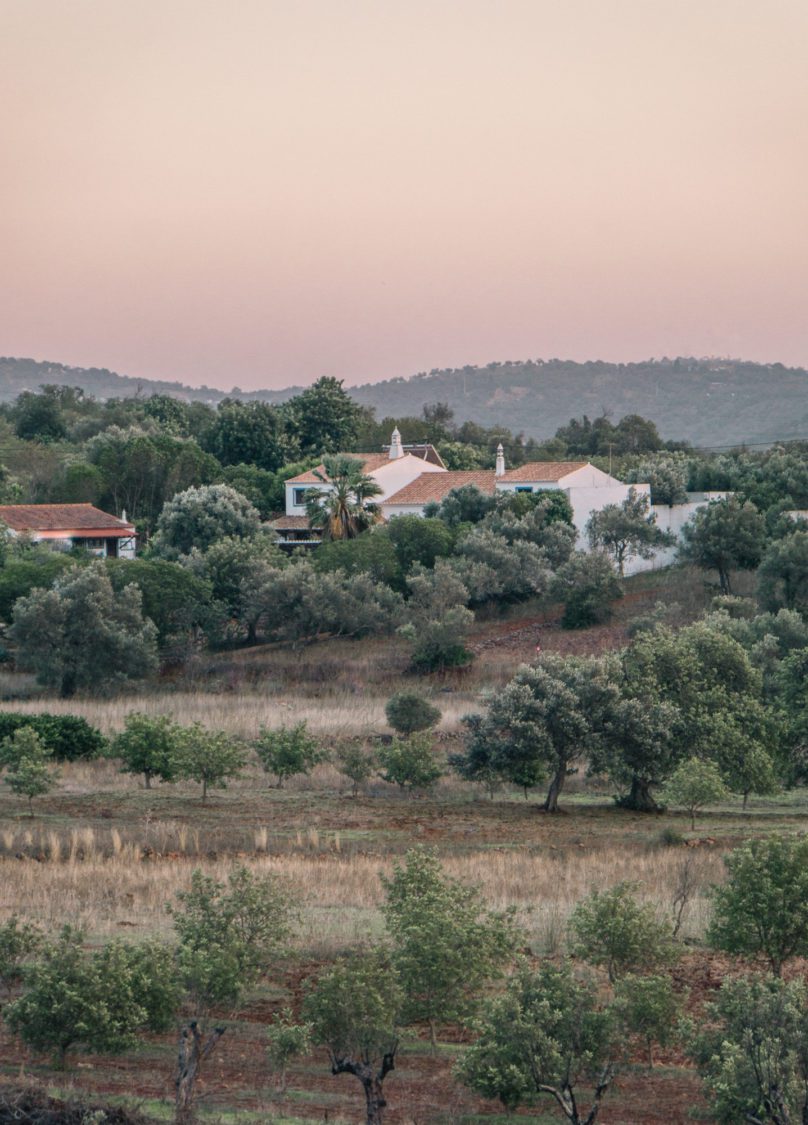
When we moved into our home half the garden was covered in a thick layer of gravel and the rest was smothered with an invasive exotic plant species.
Frankly a big part of my garden reminded me of a car park. For more than twenty years it had been used as a holiday home. The grounds had been cleared to form extra wide gravel paths, a gravel playground and – yes – more random gravel areas.
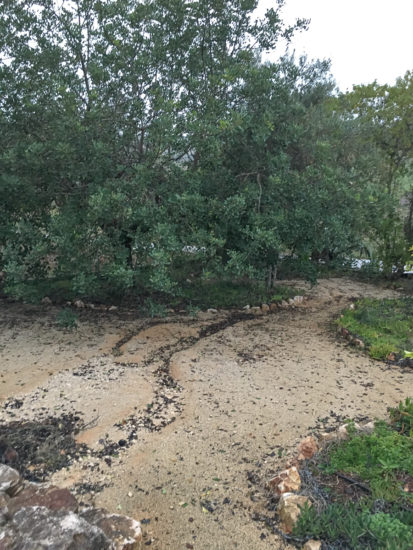
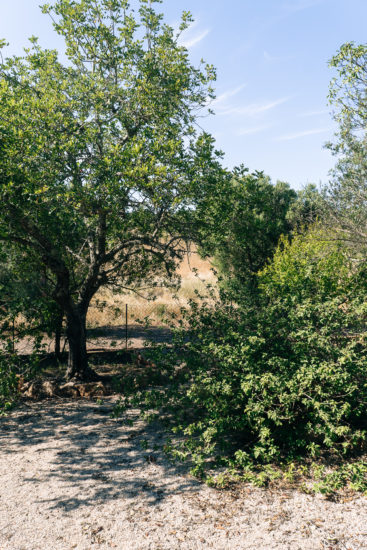
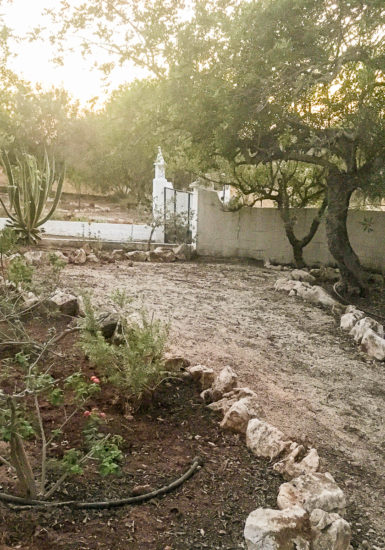
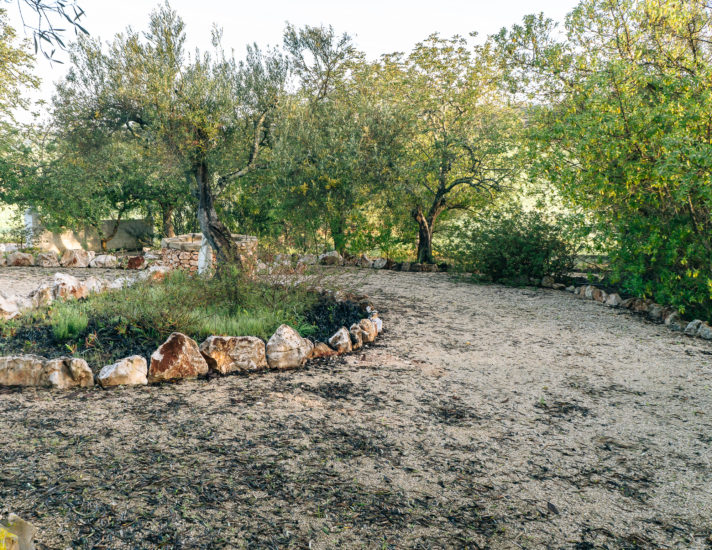
The thick layer of gravel everywhere – up to 20 cms deep in many places – was purposefully placed to create an easily maintained holiday garden in the Algarve.
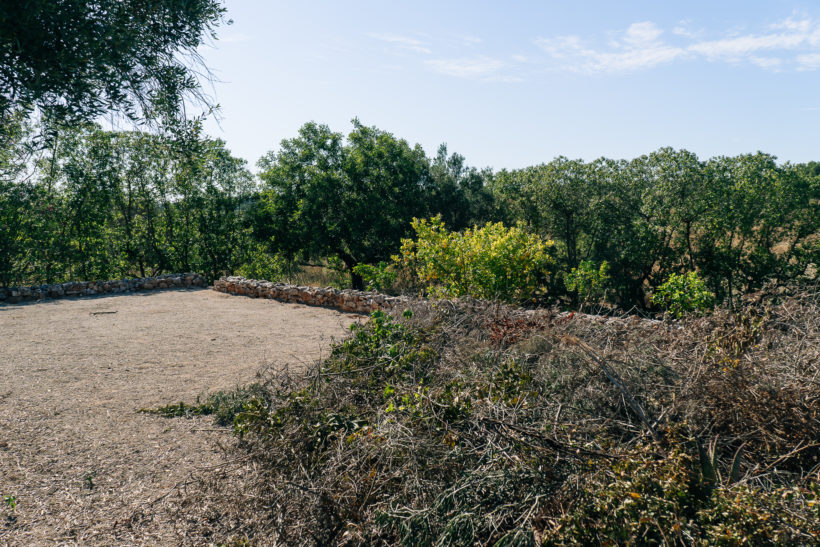
In fact the large flat gravel ‘playground’ was built by piling rubble and stones on an original slope in the garden. As a result I cannot establish any trees or plants with deep roots in this levelled area.
The invasive plant was Carpobrotus edulis with its succulent leaves and pink or yellow flowers. It’s commonly known as Ice Plant, Pigface, Sour Fig or formerly Hottentot Fig. Most of the flowers in my garden were a magenta pink, some yellow, so perhaps a hybrid or combination of C. edulis, C. acinaciformis or C. chilensis.
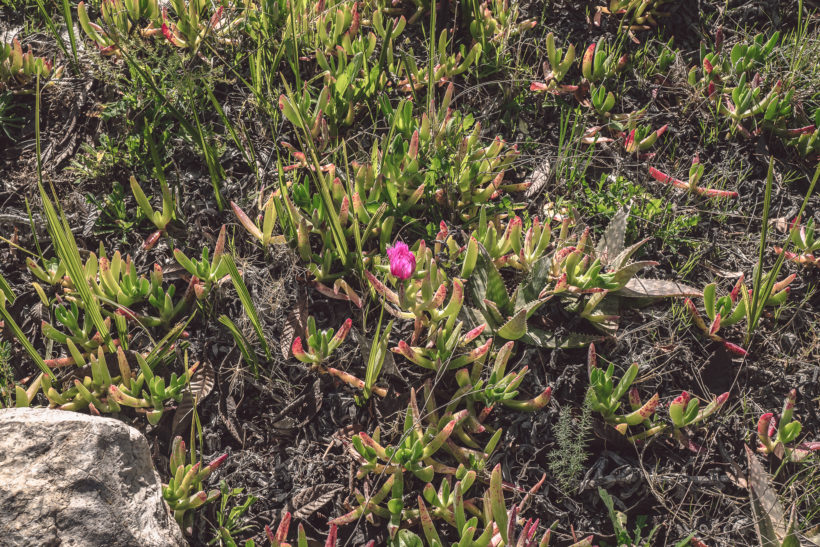
The Ice Plant, a native of South Africa, was originally introduced for ornamental purposes or to stop soil erosion along coastlines. Since 1999 it’s been declared an invasive alien species and banned in Portugal. You’ll often see it on coastlines, not only here but across Europe and even in the US, where it destroys native habitats and ecosystems. It smothers endemic plants, can change the soil PH and crushes bio-diversity.
If left alone it grows uncontrollably covering everything with an impenetrable mat of leaves.
And then for the three years before we bought the house, it had been empty. The only ones who visited it were an elderly local couple to sweep the terrace and keep the dust and cobwebs from gathering too much inside.
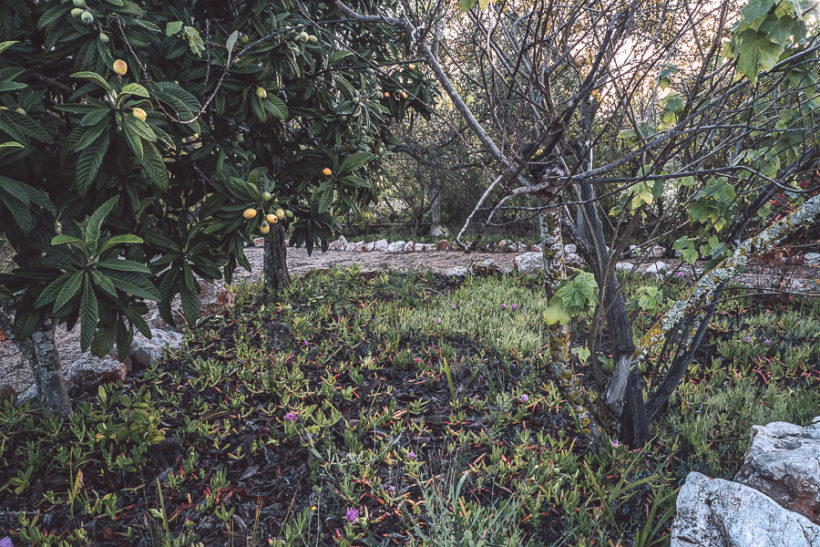
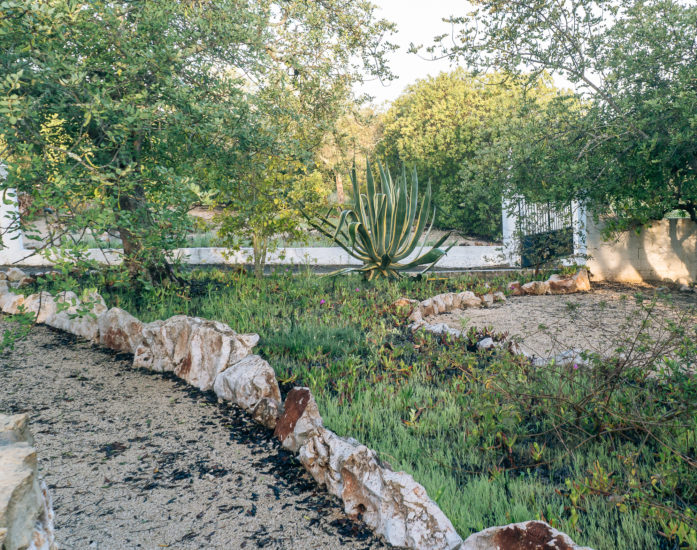
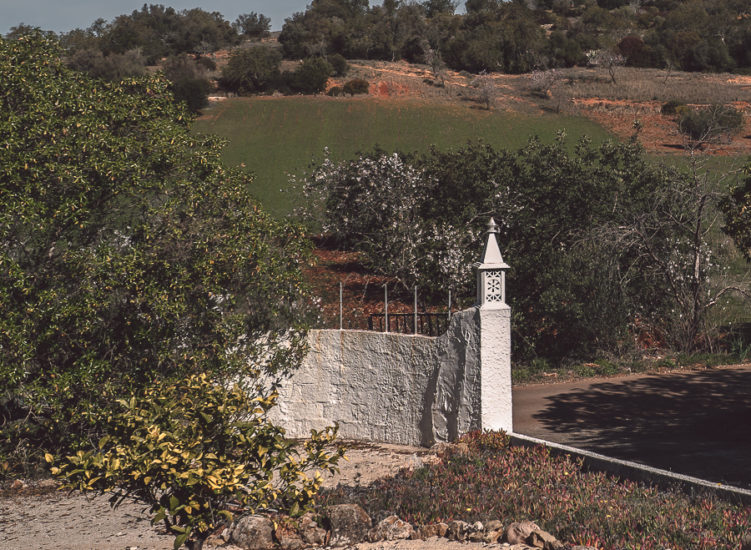
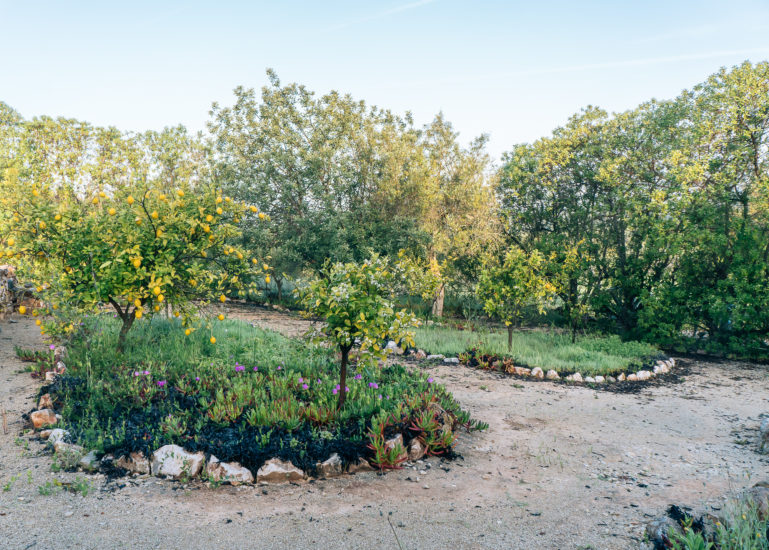
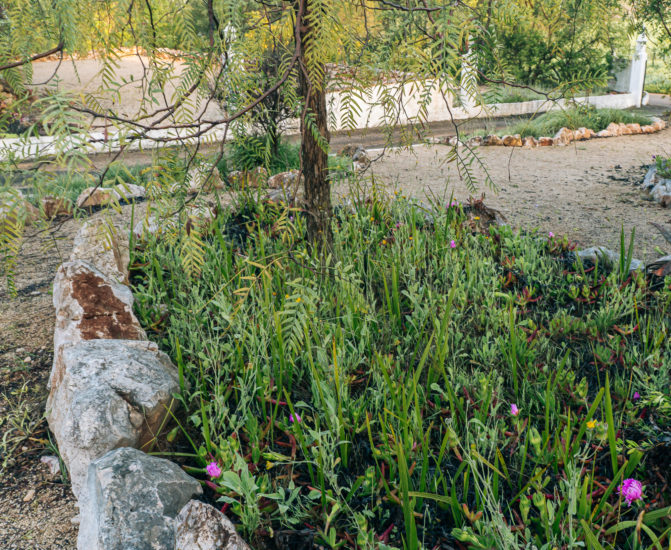
But during these three years the invasive Carpobrotus had taken up full time residence. Its creeping stems had spread like a thick succulent carpet across most of the garden beds (above), sucking up the nutrients of our ‘Terra rossa’ soil.
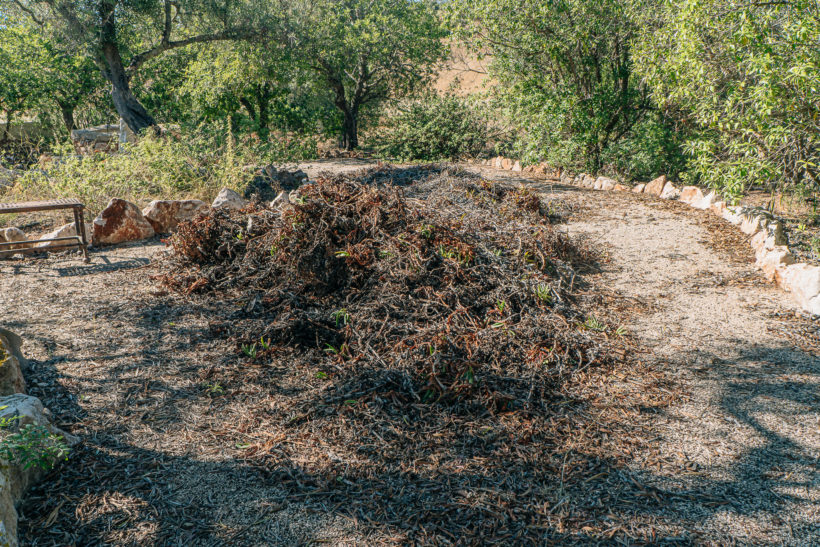
So my first task was to start hand pulling up the Ice Plant. Ironically I had plenty of gravel areas to load them onto! I left them like this in piles the whole summer during a heatwave with temperatures in the high 30s (high 90s F) and up to mid 40s (110 plus F!). I eventually had to arrange for a truck to make multiple trips to take them away for safe disposal. I discovered my plans to have a bonfire during the winter in our field across the road was futile as they don’t burn easily.
Then it was time to start clearing, pruning and fixing up the beds for plantings. And give nourishment to the tired soil everywhere including the little orchard, now overgrowing with weeds since ridding it of Carpobrotus.
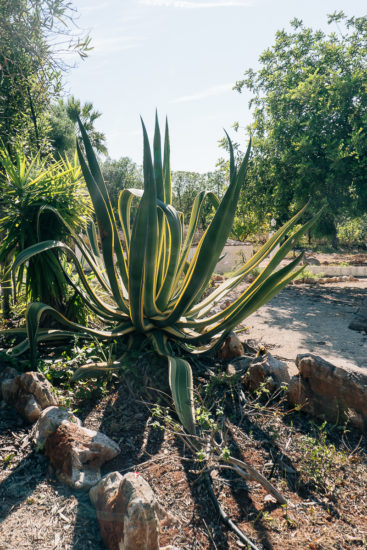
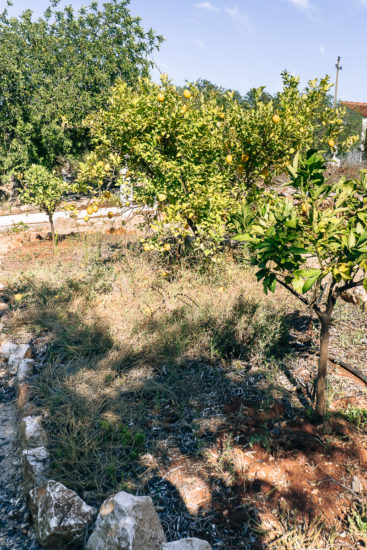
Plus severely trim back a couple enormous Agave americana var marginata in the main garden, their knife sharp points acting like hooligans trying to scratch our cars passing them along the drive but more importantly a danger to kids running freely and wildly around our garden. This is also listed as an invasive plant in Portugal.
“The glory of gardening: hands in the dirt, head in the sun, heart with nature. To nurture a garden is to feed not just the body, but the soul.”
Alfred Austin (1835-1913), English Poet, Author ‘The Garden that I Love’
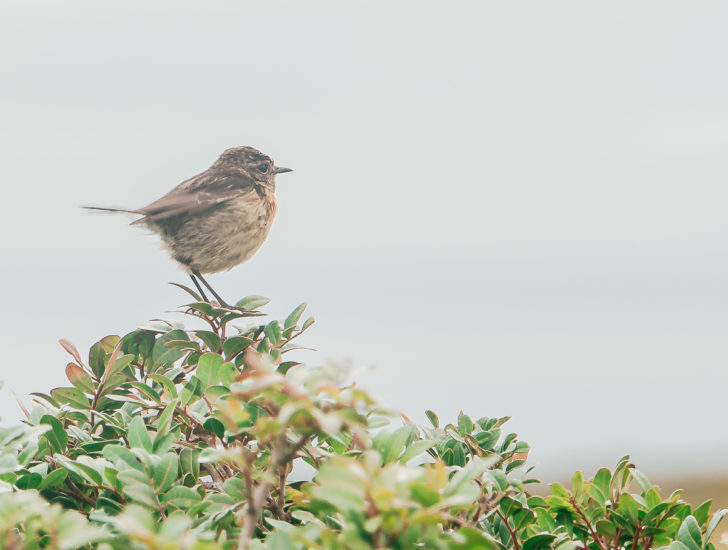
It’s been a labor of love and often back breaking work to slowly transform my garden so that I always have seasonal flowers for my art while being a haven for wild birds and pollinators. And naturally I want it to be a place for my family to enjoy!
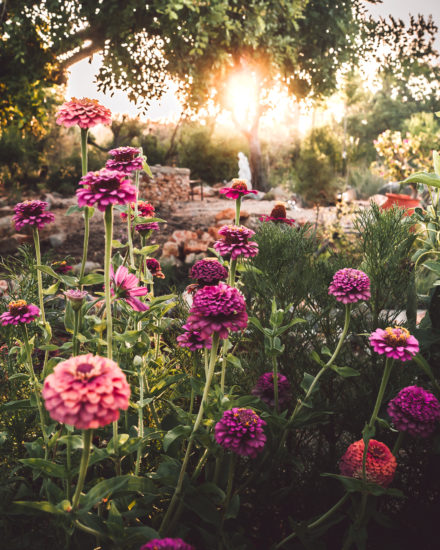
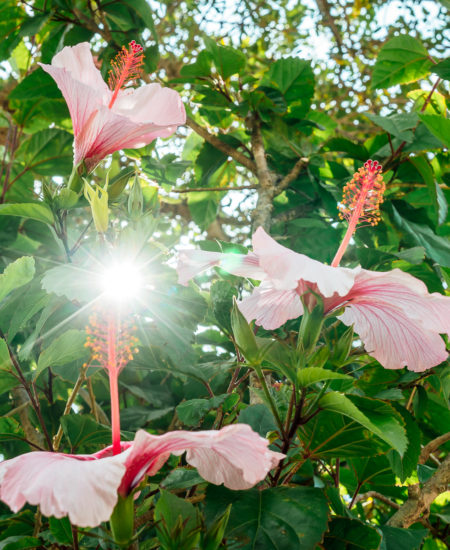
I’ve been studying and experimenting since we moved in which flowers are heat-loving, drought tolerant, native and wild. Some flowers are perennials rather than annuals here in the warm climate. I’m rather passionate about wild flowers so I’m more than happy to have them reappear in our garden. I propogate from cuttings, plant bulbs, sow and grow seeds. The local farmer markets – known as Gypsy markets here in the Algarve – are a great source for plants as well as many of the nurseries.
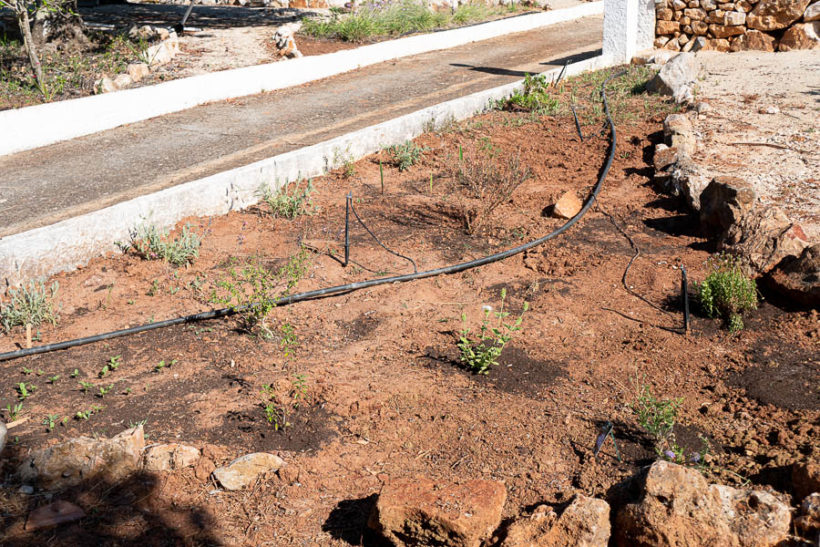
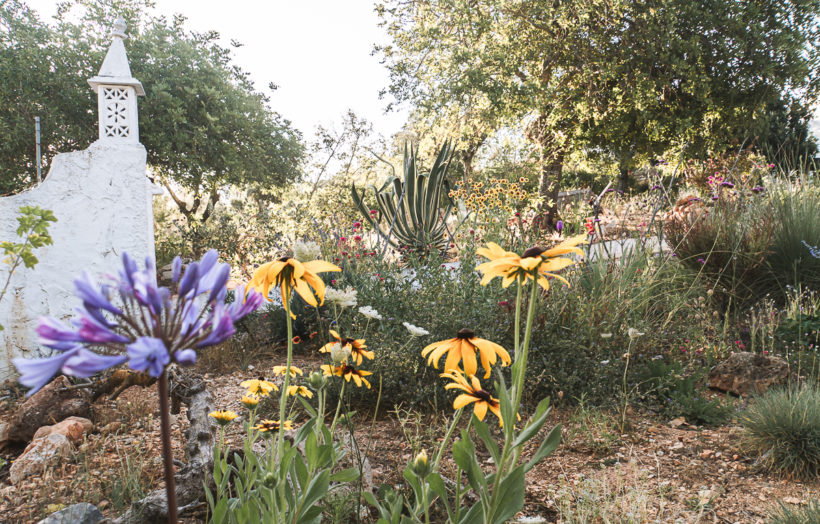
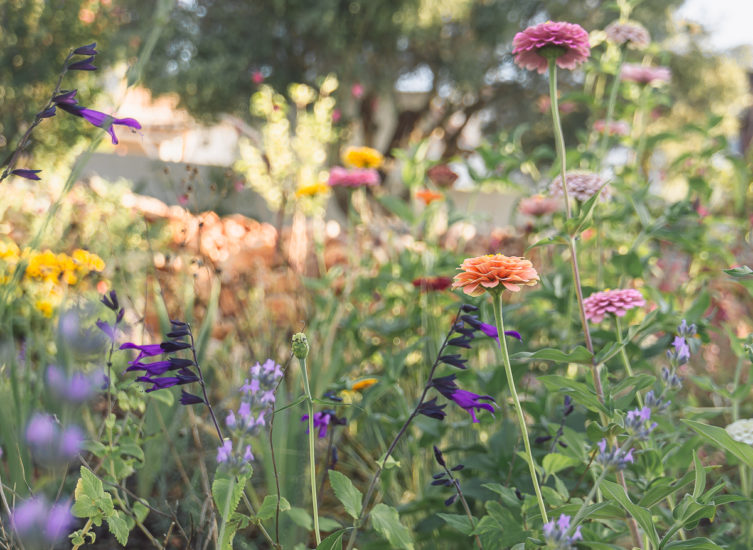
There were some mature plants in our Algarve garden, such as Bougainvillea and Oleander, mainly by the terrace and the pool area. We have a rather large terrace, or courtyard, by the main house and my studio but I’ll save that for another post.
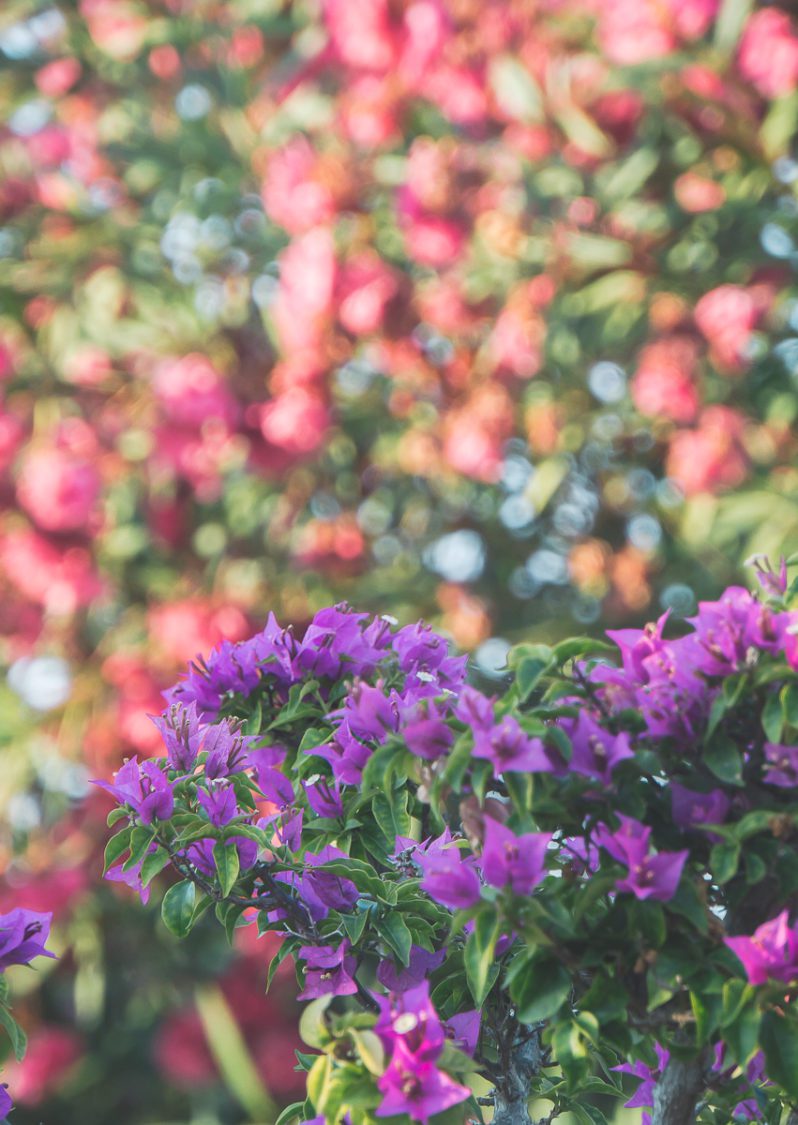
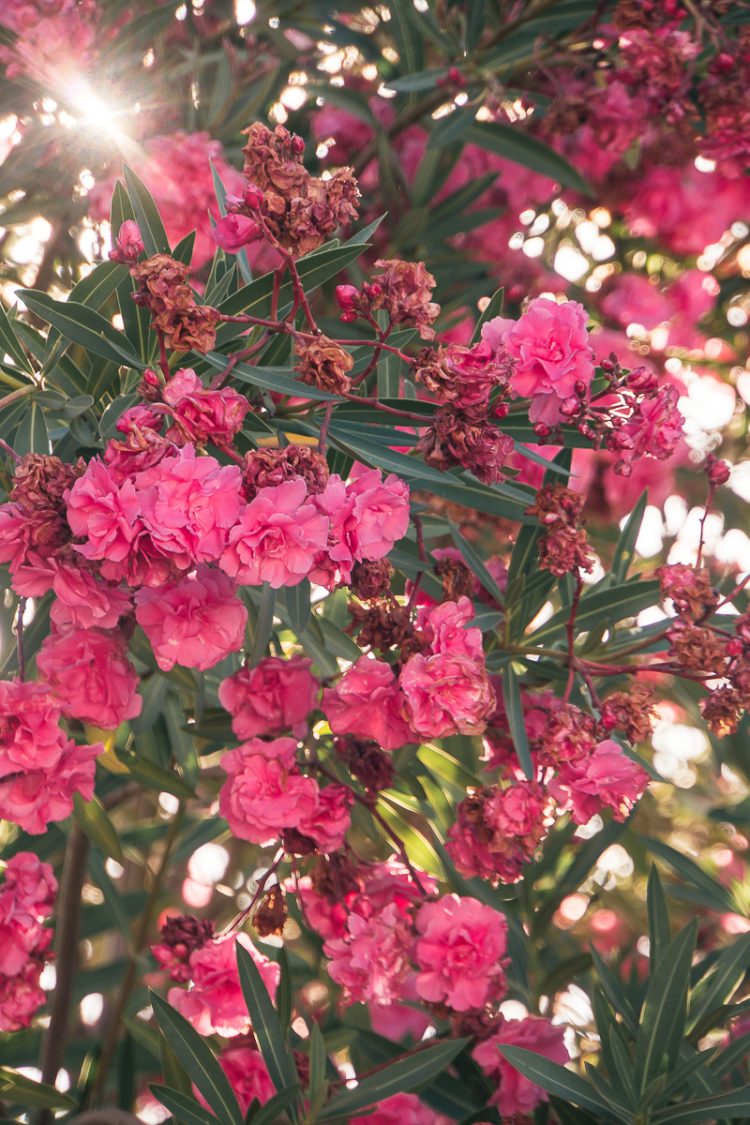
But I had to add colour and life back to the garden – especially as I always need flowers. Like many gardens and orchards in the Algarve we rely on a deep borehole to irrigate our garden. Especially during the summer when there might not be a drop of rain for many months.
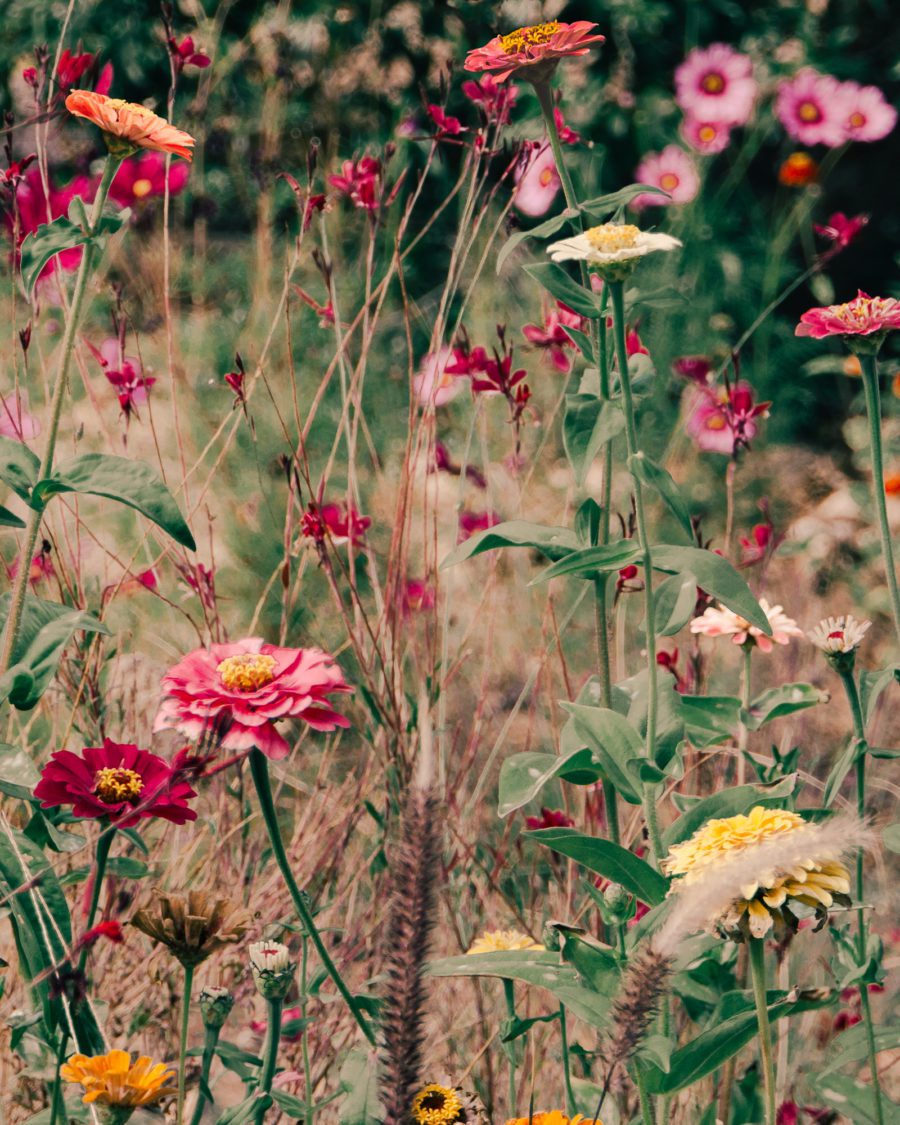
Since our move to the Algarve, I’ve been involved with the Mediterranean Gardening Association Portugal (MGAP) which not only holds biannual garden fairs but also arranges garden visits and special events. It also has been developing a Barrocal Botanic Garden with local and Mediterranean plants. Infact I’ll be arranging family days there starting in 2022 in order to get children involved and learning about native plants and their importance to the environment. I probably will also mention my foe the Carpobrotus edulis.
I’ve also been creating a sustainable drought-resistant ‘gravel garden’ with native and Mediterranean plants in one of the former large gravel areas. Many still small but they’ll slowly fill out and will be ablaze with flowers in the Spring. And, of course, I’ll be adding more to it.
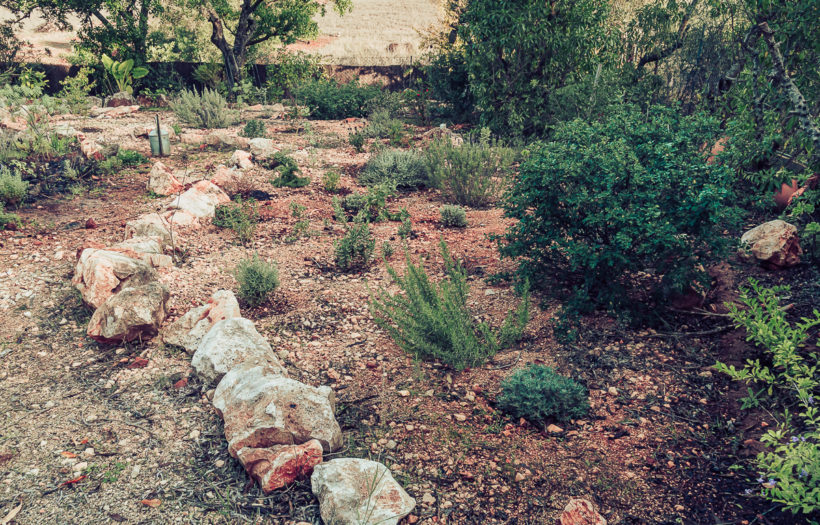
I will be writing updates on the gradual transformation, the redesign, and my gardening experiments. But the story had to begin with me pulling up the vast succulent carpet and revealing the bare boards of my Algarve garden.
